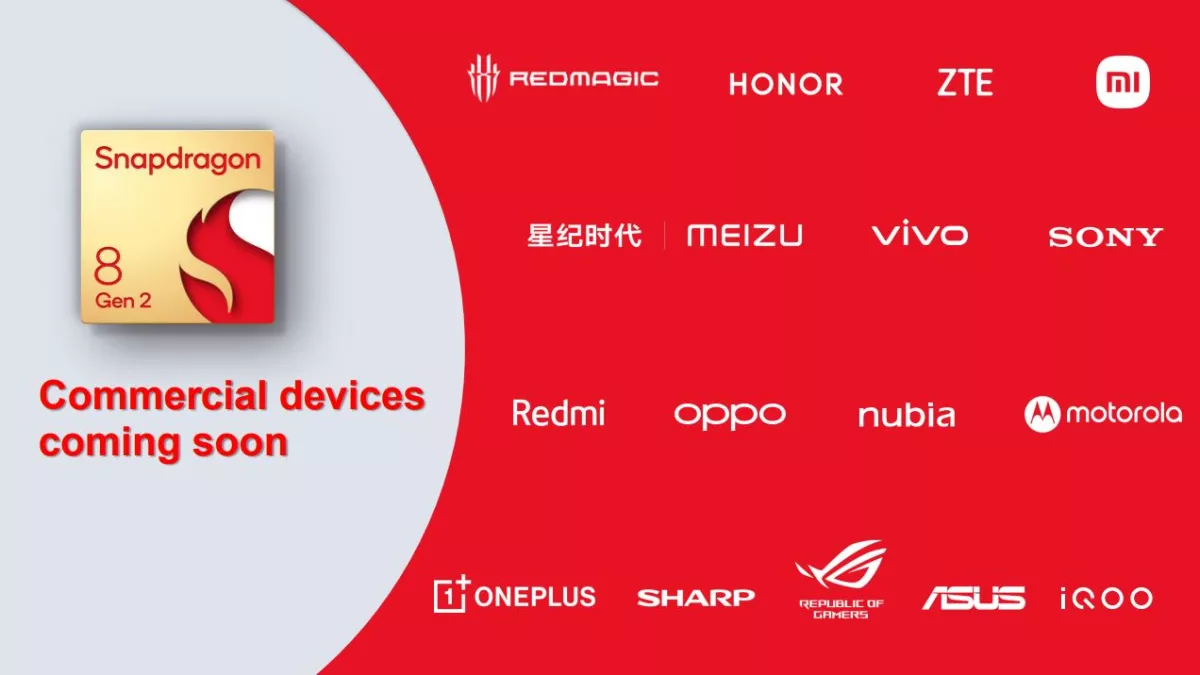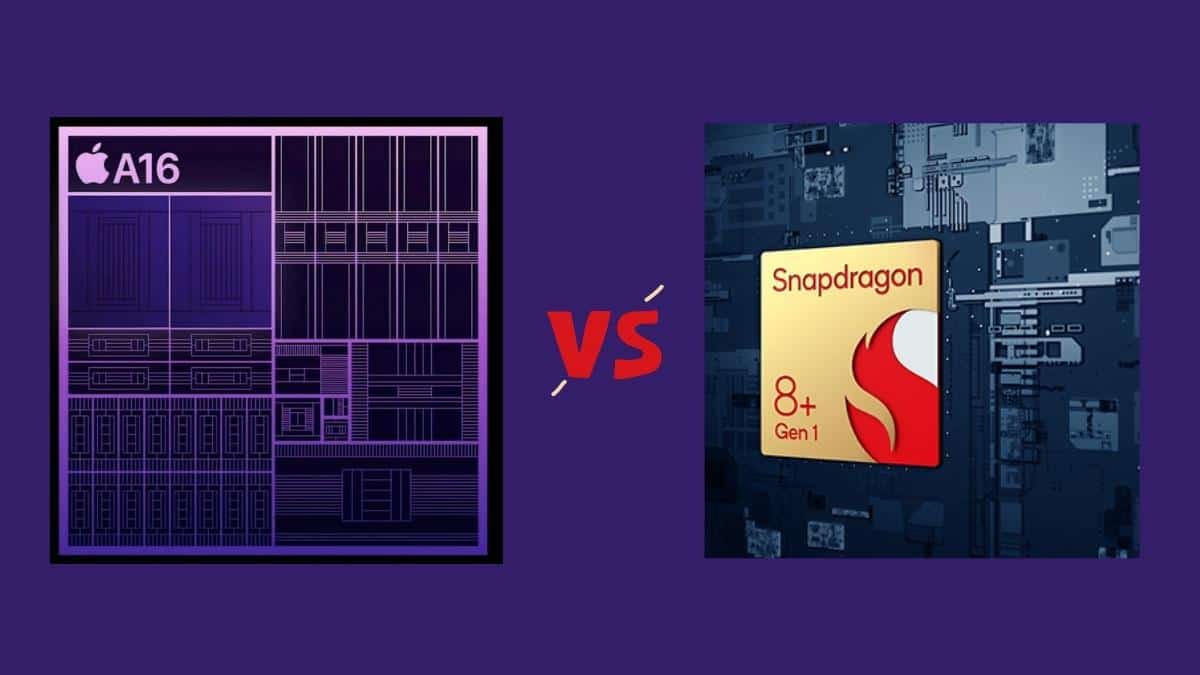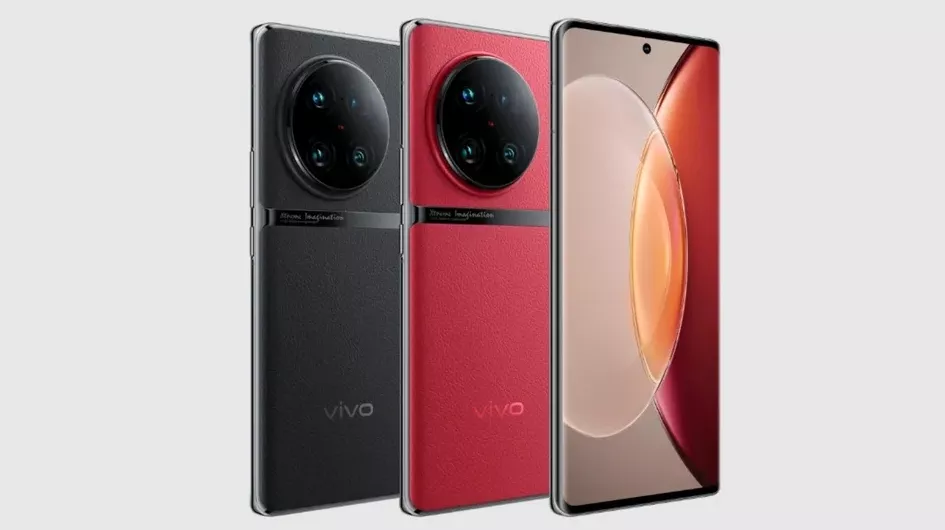Qualcomm’s annual Snapdragon Summit is an opportunity for the chipmaker to showcase the advancements its latest chips and technologies are bringing to the next wave of devices and experiences in mobile, automotive, audio, mixed reality and more.
It’s also where the company’s next flagship mobile chip typically debuts as part of the conference (likely to power the next wave of the best Android phones), and sure enough, on November 15, the highlight of the first day of the summit It was the unveiling of the Snapdragon 8 Gen 2.
Those following Qualcomm’s current mobile chipset naming conventions may have guessed — after moving away from the three-digit system the previous year — that 2021’s Snapdragon 8 Gen 1 successor would be the 8 Gen 2, and now it’s been mooted. up.
For those familiar, the underlying CPU architecture (a ‘prime’ core, supported by four performance cores and three efficiency cores) may not seem like a notable departure from its predecessor, but Qualcomm has made a myriad of tweaks across its latest and greatest mobile SoC (system on chip) that bring significant improvements to key aspects of the mobile computing experience; like AI processing, gaming fidelity, image processing, connectivity and power efficiency.
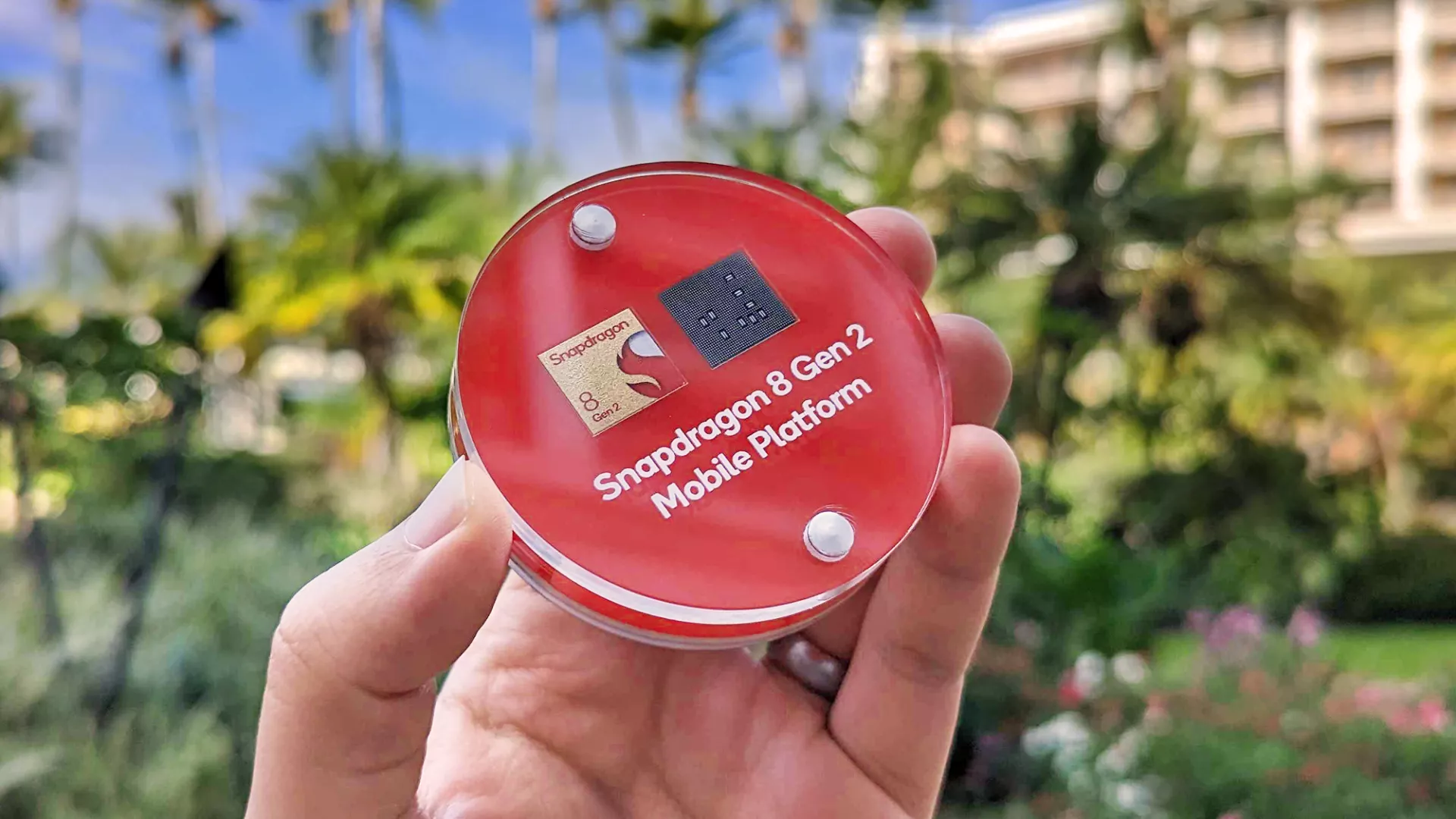
Cameras that understand what they’re looking at
Gen 8 2’s “Cognitive ISP” is one of the most exciting improvements offering some of the most tangible benefits to users.
This generation of Spectra ISP (image signal processor), which Qualcomm calls a “world first,” takes the existing image segmentation of its predecessor, but brings the added benefit of real-time processing. This means your device’s camera will be able to distinguish between the sky and the ground, your cat and the new bed it has decided to rest comfortably on, or a flower among the foliage in the background, and apply color, tone, sharpness and fallback at the pixel level. noise algorithm for the best final shot.
What’s really exciting is that it can apply this level of real-time processing to both stills and video, and even show a more accurate end-result image on the viewfinder with minimal lag during capture. So you know that what you see and what you get after you press the shutter or record, will reflect each other more directly.
It’s a feature that will undoubtedly help the next wave of the best camera phones stand out from their non-8 Gen 2-powered competition.

Better gaming visuals, including ray tracing
In 2021, a key area where Samsung’s own Exynos 2200 chip and its like-minded rival – the 8th Gen 1 – will include support for hardware-accelerated ray tracing (expect better game visuals, plus accurate reflections , soft shadows, and ambient occlusion).
Naturally, Qualcomm is keen to address this issue in its next follow-up, and sure enough, the 8th Gen 2 is committed to delivering hardware-accelerated ray tracing on mobile devices; with established partners such as some of the best gaming phones Manufacturer – Red Magic, and supported games such as War Thunder.
The 8th Gen 2 Adreno GPU promises a 25% performance boost while offering up to a 45% boost in energy efficiency, as well as new support for Vulkan 1.3, the Chinese “HDR Vivid” standard, and a feature called OLED burn-in compensation.
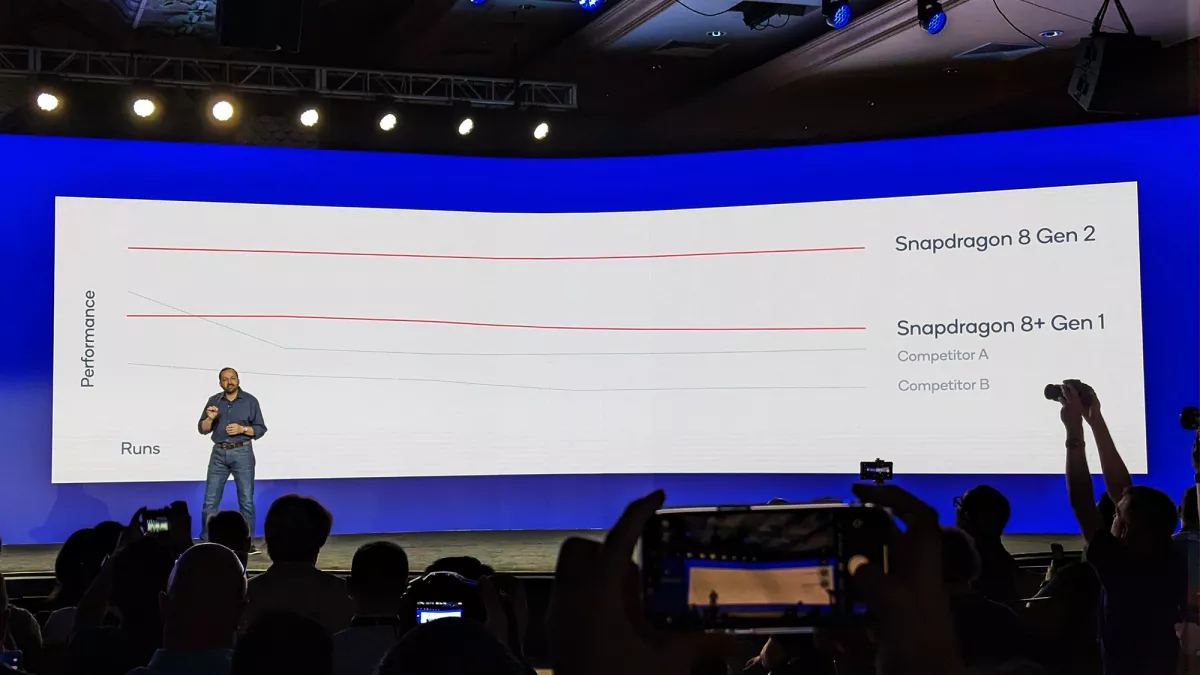
More simultaneous AI tasks, while using less power
Artificial intelligence (yes, artificial intelligence) has been a rising star in mobile computing for the past few years, and with the arrival of the 8th Gen 2, that trend continues.
While every major element of an SoC already leverages AI to some extent, this generation of dedicated Hexagon processors offers a revised toolset (including a Tensor accelerator double the size) to bring some significant earning income.
Qualcomm promises a 4.35x speedup when performing AI-based tasks, thanks in part to the 8th Gen 2 being the first of its kind to take advantage of something called INT4 (Integer 4) precision; Simultaneously execute more than 60% of AI-based tasks.
Through arcane magic, Qualcomm was able to shrink a 32-bit process down to 4 without compromising the quality of the data set being processed, the company’s Ziad Asghar — Qualcomm’s vice president of product management — told TechRadar, a 64-fold reduction in the number of processes. power consumption.
Upgraded always-on Sensing Hub
Modern phones can already help us transpose the analogue world into digital; with features like semantic text recognition and object recognition, but the Sensing Hub inside the 8 Gen 2 has been purpose-built to help with such tasks; boasting two AI processing cores for up to double the AI performance compared to 8 Gen 1, along with 50% more memory than previously.
The Sensing Hub supports an ‘always-sensing camera’ (a rewording from last-generation’s ‘always-on camera’), that’s great for everything from QR code scanning to face proximity detection, facial recognition and even eye-tracking – all without having to actively open your device’s camera app.
Asghar confirmed to TechRadar that multiple OEM partners have been particularly interested in this aspect of the Sensing Hub, suggesting the next wave of phones powered by the 8 Gen 2 may well have the ability to scan and action QR codes and the like without even needing to be woken up or for particular apps to be opened to interact with them.
Despite its always-on nature, Qualcomm also states that the data processed by the Sensing Hub doesn’t leave your device.
Even faster and more flexible 5G and WiFi
Packing the Snapdragon X70 5G modem, the 8 Gen 2 not only supports up to 10Gbps down and 3.5Gbps up over 5G, but it’s the first on the scene to boast DSDA (Dual SIM Dual Active) for two 5G SIMs, simultaneously and also boasts its own AI processor to optimize cellular performance and power.
As before, mmWave and sub-6GHz 5G, along with standalone (SA) and non-standalone (NSA) modes ate all supported.
What’s more – even though WiFi 6E feels like it’s barely out the door – the FastConnect 7800 inside the 8 Gen 2 renders it one of the first pieces of consumer silicon to support WiFi 7 bandwidth and speeds; only losing out to MediaTek’s new Dimensity 9200 chipset, which was announced just days earlier.
With the increasing popularity of video streaming at higher and higher fidelities and bit rates, along with growing interest in cloud gaming and competitive mobile gaming, these upgrades are essential to allow those experiences to continue evolving.
Everything else you need to know about the 8 Gen 2
Touched on at the top of this article, the TSMC-made 4nm 8 Gen 2 features a now-familiar Kryo CPU octa-core architecture; split across a prime Cortex-X3 core (clocked at up to 3.2GHz), four performance cores (clocked at up to 2.8GHz) and three efficiency cores (at up to 2.0GHz) – marking a shift that sees that fourth efficiency core now instead manifest as a fourth performance core.
Asghar mentioned that those big cores are closer in power consumption to smaller cores than ever before, reflected in the 8 Gen 2 Kryo CPU’s promise of a 35% speed improvement, but at the same time promising a 40% power saving.
Another great upgrade for media lovers is the chipset’s newfound dynamic spatial audio functionality; allowing the sound in spatialized content to shift relative to the listeners head position, which promises to deliver more immersive media consumption.
Which phones will use the Snapdragon 8 Gen 2?
Although Oppo is the first company to confirm that its next Find X-branded flagship Android phone (assumed to the Oppo Find X6 series) will run on the Snapdragon 8 Gen 2, (despite no launch date having yet been confirmed). Qualcomm detailed a number of other partners at the chip’s unveiling.
Asus, Honor, Motorola OnePlus, Oppo, Sony, Vivo, Xiaomi, ZTE and more have all committed to delivering 8 Gen 2-powered devices in the near future, however, who’ll be first remains to be seen.
Xiaomi and Motorola vied for the claim of offering the first phone in the world running on the Snapdragon 8 Gen 1, with the Motorola Edge X30 pipping the Xiaomi 12 to the post in December 2021. As such, there’s every chance we can expect that same two-horse race before we ring in 2023.
Read more articles: https://www.facebook.com/RedTomElectronics/
If you have more ideas to discuss with us, welcome to join our Apple Fans Club on Facebook.

